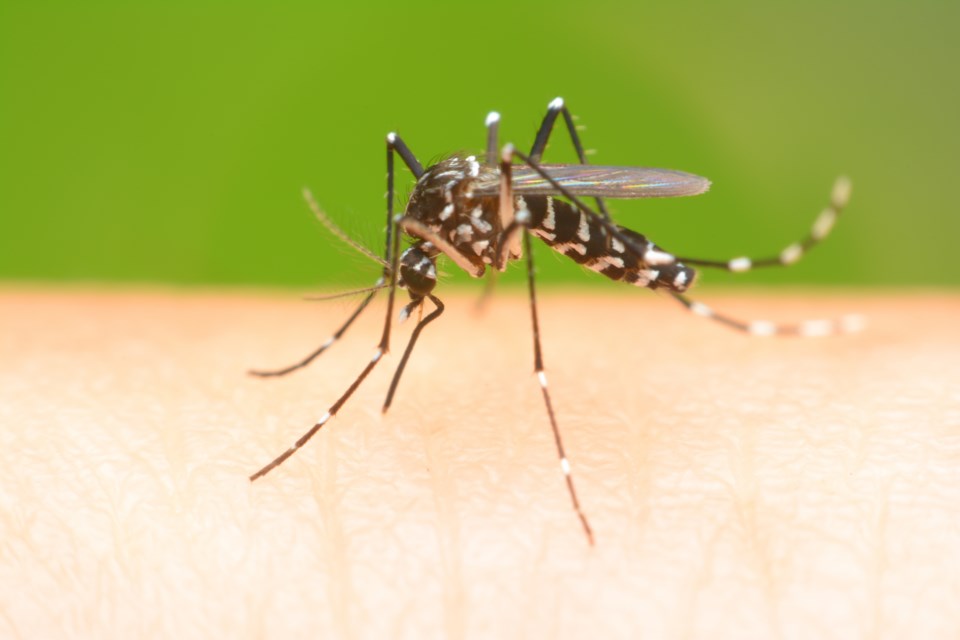A lack of moisture in Moose Jaw means the parks department is seeing fewer mosquitos this year, while it is also dealing with fewer cankerworms and tent caterpillars.
Saskatchewan is experiencing one of its driest springs on record, according to the Ministry of Agriculture. As of May 31, the Moose Jaw area was said to be facing extreme drought conditions. More than 200 millimetres of rain is required in southern Saskatchewan to offset this.
Mosquitos
Mosquito numbers are fairly low right now, Sarah Regent, parks department gardener, told the Moose Jaw Express. While the department is seeing a few mosquitos in its traps, the dry weather is preventing the insects from hatching in large numbers.
The department works with the Saskatchewan Health Authority’s population health branch to capture mosquitos and determine if any carry the West Nile virus. None of the mosquitos have the virus, Regent said, since those types of carriers arrive later in the summer.
Regent did not have any hard numbers since the captured mosquitos are sent to a lab for counting. No results have come back yet.
“Mosquitos need standing water,” she said. “They can still breed in a couple inches of water.”
Residents can prevent the growth of mosquitos by checking for standing water in their yards, Regent explained. This includes dumping out bird baths at least twice a week and ensuring rain barrels are covered.
With Moose Jaw experiencing dry conditions during the last few years, large numbers of mosquitos have not been seen since 2015.
Cankerworms and tent caterpillars
The parks department has seen a few isolated patches of cankerworms so far, but there have been no cases that threaten the trees, said Regent. The insects have been noticed in the northwest and on South Hill, where older trees are close together and their canopies touch.
“This year is pretty normal,” she continued. “The last couple of years we’ve had pretty low cankerworm numbers, but we had high tent caterpillars. We’re not seeing really any tent caterpillars this year, so we are noticing the cankerworms quite a bit more.”
One way to prevent the growth of these insects is to band trees. This keeps the insect populations low.
The parks department has not counted how many cankerworms there are since there have been insufficient numbers, Regent said. Parks staff will continue to monitor the cankerworm population numbers and will create a city-wide spray program if necessary.
A spray program would depend on certain factors, explained Regent. This includes the severity of the previous winter, other pests, the history of the trees, and whether the trees are stressed due to drought. If the department predicts that 30 per cent to 40 per cent of trees will be defoliated, they will spray.
“With the tent caterpillars, they’ll form big congregations on the trunks in the evenings to keep each other warm,” she said. “They’ll spin a silky nest for themselves … that can be quite unsightly.”
Tent caterpillars can damage trees by continually eating the leaves. Trees will die off if they can’t keep up with the defoliation.
“We’re quite happy their population is down. It gives the trees a break,” Regent said. “We don’t like to spray if we don’t have to.”
Cankerworms are more independent since they don’t congregate together and they don’t make nests, she added. They are also more of an annoyance since they hang from trees on their silk threads.




